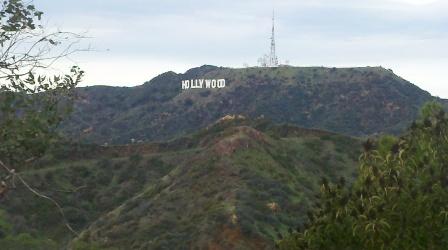Noah's Ark at the Skirball Center
/Noah's Ark at the Skirball is a can't miss excursion for your kids. It is an 8,000 square foot permanent exhibit with a huge ark and numerous interactive exhibits involving the various animals on the ark. While roughly based on the biblical story of Noah's Ark, the exhibit is nondenominational and is an interactive learning and fun experience. I would say that generally kids between the ages of 2 and 7 will enjoy this exhibit the most but kids and adults of all ages enjoy this amazing display of life-size giraffes, camels and uniquely displays.
If you plan to attend, reserve a space in advance as they limit the crowds to manageable quantities (which is good because it gives the kids more space to explore). This is a beautiful museum off the 405 freeway going down the Sepulveda Pass, off at Skirball Center Drive, roughly 25 miles from Thousand Oaks.
More information from the www.skirball.org website:
Imagine yourself immersed in a favorite childhood tale. Five years in the making and occupying an 8,000-square-foot gallery, Noah's Ark at the Skirball welcomes children and families to take this journey together. Inspired by the ancient flood story, which has parallels in diverse cultures around the world, this one-of-a-kind new destination invites visitors of all generations to have fun—and to connect with one another, learn the value of community, and help build a better world.
The galleries are divided into three distinct and lively zones embodying the central themes of the Noah's Ark story:
- Storms (meeting challenges)
- Arks (finding shelter and community)
- Rainbows (creating a more hopeful world)
Inside a floor-to-ceiling wooden ark, filled to the rafters with whimsical animals, you and your family will play, build, climb, explore, collaborate, and more. Conduct a storm, help construct the ark, and bask in the glow of a beautiful rainbow. Mingle with hundreds of fanciful animals—from cuddly companions to life–sized puppets—all crafted from recycled materials and everyday objects, including bottle caps, bicycle parts, baseball mitts, croquet balls, mop heads, and rear-view mirrors.
The Skirball is open Tuesday through Sunday (closed Mondays and certain holidays). Museum admission is $12. $9 for 65+, full-time students with ID and children over 12. $7 for ages 2-12. FREE admission to all on Thursdays.
















